Batman in a Hospital Bed
With Memorial Day in the rearview mirror, many Americans have already stopped thinking about our wars and the casualties from them for another year. As for me, it’s been Memorial Day ever since I first met Tomas Young.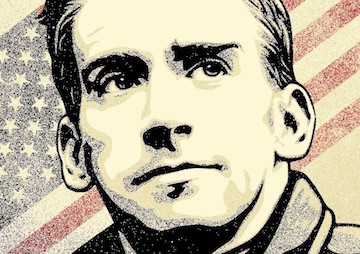 Detail of the cover of "Tomas Young's War," by Mark Wilkerson. (Haymarket Books)
1
2
3
Detail of the cover of "Tomas Young's War," by Mark Wilkerson. (Haymarket Books)
1
2
3

Detail of the cover of “Tomas Young’s War,” by Mark Wilkerson. (Haymarket Books)
Memorial Day is over. You had your barbeque. Now, you can stop thinking about America’s wars and the casualties from them for another year. As for me, I only wish it were so.
It’s been Memorial Day for me ever since I first met Tomas Young. And in truth, it should have felt that way from the moment I hunkered down in Somalia in 1993 and the firing began. After all, we’ve been at war across the Greater Middle East ever since. But somehow it was Tomas who, in 2013, first brought my own experience in the U.S. military home to me in ways I hadn’t been able to do on my own.
That gravely wounded, living, breathing casualty of our second war in Iraq who wouldn’t let go of life or stop thinking and critiquing America’s never-ending warscape brought me so much closer to myself, so bear with me for a moment while I return to Mogadishu, the Somalian capital, and bring you — and me — closer to him.
Boom!
In that spring of 1993, I was a 22-year-old Army sergeant, newly married, and had just been dropped into a famine-ridden, war-torn Third World country on the other side of the planet, a place I hadn’t previously given a thought. I didn’t know what hit me. I couldn’t begin to take it in. That first day I remember sitting on my cot with a wet t-shirt draped over my head, chugging a bottle of water to counter the oppressive heat.
I’d trained for this — a real mission — for more than five years. I was a Black Hawk helicopter crew chief. Still, I had no idea what I was in for.
So much happened in Somalia in that “Black Hawk Down” year that foreshadowed America’s fruitless wars of the twenty-first century across the Greater Middle East and parts of Africa, but you wouldn’t have known it by me. That first day, sitting in a tent on the old Somali Air Force base in Baledogle, a couple of hours inland from the capital city of Mogadishu, I had a face-to-face encounter with a poisonous black mamba snake. Somehow it didn’t register. Not really.
This is real, I kept telling myself in the six months I spent there, but in a way it wasn’t or didn’t seem to be.
After about a month, my unit moved to the airport in Mogadishu — away from the snakes, scorpions, and bugs that infested Baledogle, but closer to dangers of a more human sort. Within a few weeks, I became used to the nightly rat-tat-tat of machine gun fire coming at us from the city. I watched the tracers streak by as we crouched behind our sandbagged fighting positions. We would return from missions to find bullet holes in the skin or rotor blades of our Black Hawk helicopters, or in one case a beer-can-sized hole that a rocket-propelled grenade (RPG) round punched cleanly through the rear stabilizer without — mercifully — detonating.
And yet none of it felt like it was quite happening to me. I remember lying on my cot late at night, not far from the flight line full of Black Hawks and Cobras, hearing the drone of low-flying American AC-130 gunships firing overhead for hours on end. The first boom would come from the seaward side of the field as the gunship fired its M102 howitzer. A few seconds later, another boom would mark the round’s arrival at its target across town, sometimes with secondary explosions as ammunition stores went up. Lying there, I remember thinking that those weren’t the routine training rounds I’d heard a hundred times as they hit some random target in a desolate training area. They were landing on real targets, actual people.
Two other memorable booms come to mind — one as we waited in the back of a sun-baked supply truck, heading out on a volunteer mission to give inoculations to kids at a Somali orphanage. Boom. The ground shook to the sound of one of our Humvees and the four Army soldiers in it being blown apart by the sort of remote-controlled bomb that would become a commonplace of insurgents in America’s twenty-first century wars. And a second, the loudest during my six months there, as a generator perhaps 20 feet from our tent exploded into flames from an incoming RPG round that found its target in the middle of the night.
This is real. I kept saying that to myself, but truthfully the more accurate word would have been surreal. The care packages I was receiving, the Tootsie Rolls and Cracker Jacks and letters from my wife back home telling me how much she missed me might as well have been from another planet.
Our helicopters flew daily reconnaissance missions (“Eyes over Mog” we called them) above the Somali capital. We did battle damage assessments, checking out pockmarked buildings the AC-130s had targeted the night before, or the shot-up safe house that Somali warlord Mohamed Aidid — our operation’s target (just as the U.S. would target Saddam Hussein, Muammar Gaddafi, and the leaders of various terror groups) — had reportedly been using as a control center. Once a beautiful mansion, it was now riddled with thousands of bullet holes and TOW missile craters.
We flew over Mogadishu’s bustling marketplace, sometimes so low that the corrugated metal roofs of the stalls would blow off from our rotor wash. We were always looking for what we called “technicals” — pick-up trucks with machine guns mounted in their beds — to take out. Viewing that crowded marketplace through the sight of a ready-to-rock M-60 machine gun helped reinforce the message that all of this was beyond surreal.
Lives were ending violently here every day, and my own life, too, could have ended at any moment. Yet it was just about impossible to believe that all of a sudden I was in the middle of a violent set of incidents in a third-world hellhole, the sort of thing you might read about in the paper, or more likely, would never hear about at all. You’d never know about our near-nightly scrambles to our fighting positions behind a pile of sandbags, as the AK-47s cracked and the tracers flew overhead. It wouldn’t even register as a blip in the news back home. In some bizarre way, I was there and it still wasn’t registering.
A Soldier Just Like Me
Just days after returning home from Somalia, I (like so many others) watched the footage of dead American soldiers — at least one a Black Hawk crew chief — being dragged through the streets of Mogadishu by cheering Somalis. For the first time, I found myself filled with a sense of dread, a profound that-could-have-been-me feeling. I imagined my mother looking at such a photo of me, of her dead son’s body — as someone’s mother was undoubtedly doing.
If my interior landscape was beginning to shift in unsettling ways, if the war, my war, was finally starting to come home, I remained only minimally aware of it. My wife and I started a family, I got a civilian job, went to college in the evening using the GI Bill, and wrote a couple of books about music — my refuge.
Your support matters…Independent journalism is under threat and overshadowed by heavily funded mainstream media.
You can help level the playing field. Become a member.
Your tax-deductible contribution keeps us digging beneath the headlines to give you thought-provoking, investigative reporting and analysis that unearths what's really happening- without compromise.
Give today to support our courageous, independent journalists.
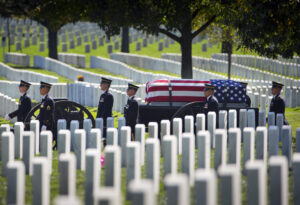
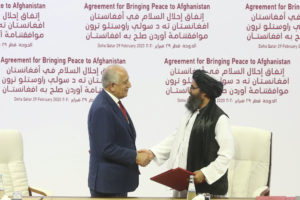
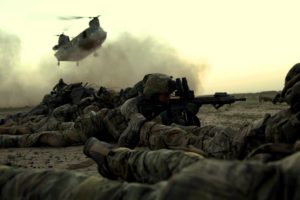
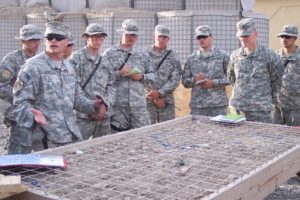
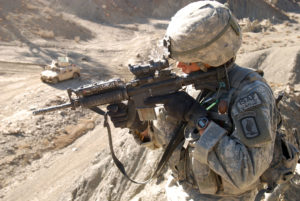
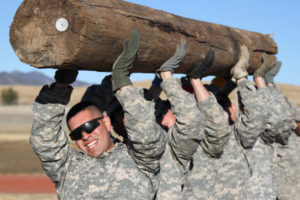
You need to be a supporter to comment.
There are currently no responses to this article.
Be the first to respond.